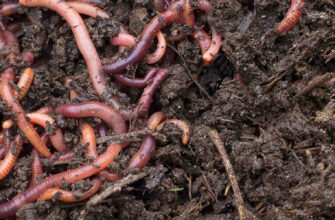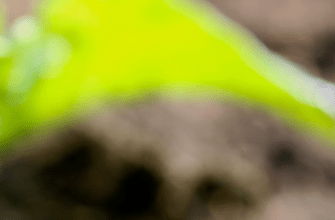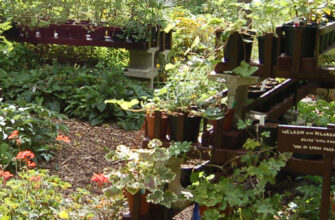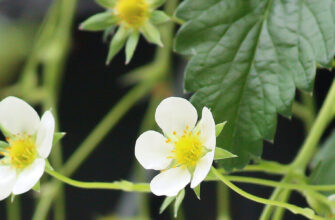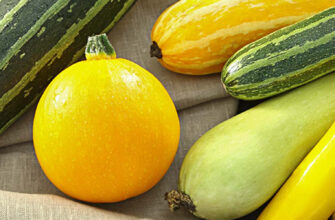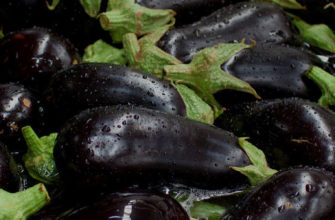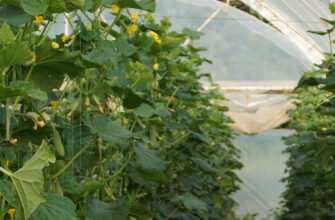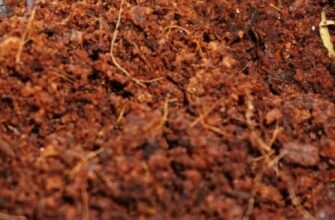Beans are one of the most popular legumes and are easy to grow at home — in a garden, greenhouse, or even in large containers on a balcony. They are not only delicious but also rich in protein, vitamins and fiber. This guide explains how to grow beans properly at home for a stable and high-quality harvest.
Conditions for Growing Beans
To grow beans successfully, follow these key requirements:
- Soil: light to medium in texture, fertile, and well-drained.
- Light: beans need plenty of sun — at least 6 hours of direct sunlight daily.
- Crop rotation: good predecessors include cucumbers, onions, winter cereals, and tomatoes.
- Temperature: sow only when the soil warms up to +10…+12 °C.
When to Sow Beans
The best sowing time is late April to early May, after the risk of frost has passed. To extend the harvest period, sow beans in several stages, with 7–10 day intervals.
Sowing Beans at Home
- Sowing depth: 6–8 cm
- Seed rate: approximately 3,000–3,500 seeds per 100 m² or 3–4 seeds per hole
Before sowing, it is important to choose a variety that will meet your needs – according to taste, maturation period and method of use.
Sowing scheme
- In open ground: 45 cm between rows, 10 cm between plants
- In containers: minimum 5–7 liters per plant, spacing at least 15 cm between plants
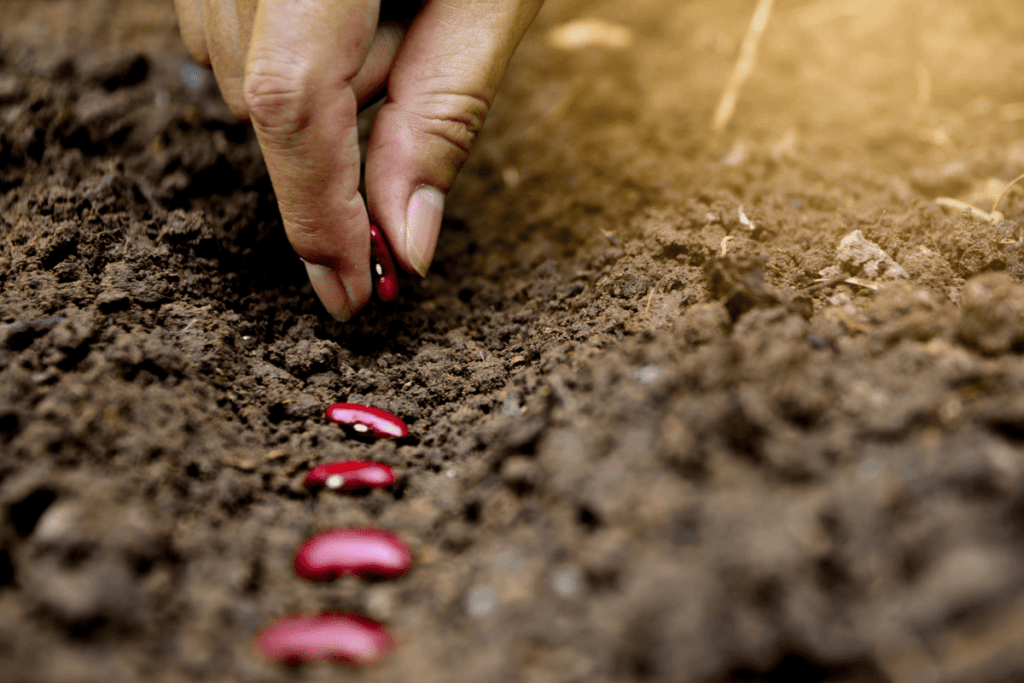
After sowing, gently press down the soil by hand or with a roller.
Tip: Do not transplant beans — they are sensitive to root disturbance.
Caring for Beans
- Weeding and loosening: before emergence, lightly rake the soil; after emergence, loosen between rows to a depth of 4–8 cm and remove weeds.
- Fertilization: when the plant has 2–3 true leaves, apply a balanced NPK fertilizer at 20–30 g/m².
- Watering: water regularly, especially during flowering and pod development. Optimal amount: 350–400 liters per 100 m². Moisture should reach a depth of 50–60 cm.
- Support: use trellises or stakes for climbing varieties.
Important! Use supports for climbing varieties.
Bean Diseases: Identification and Control
Bean diseases can seriously reduce yields and even completely destroy crops. To identify the problem in a timely manner, it is important to know the main signs of bean diseases and effective methods of combating them.
| Disease | Symptoms | Causes | What to do |
| Powdery mildew | White powdery coating on leaves | High humidity and warm weather | Remove affected leaves, apply approved fungicides |
| Anthracnose | Brown spots, tissue death | Infected seeds or residues | Practice crop rotation, treat seeds, apply preventive measures |
| White mold (Sclerotinia) | White fluffy coating, stem rot | Waterlogging | Improve drainage, avoid excess moisture, use fungicides |
| Fusarium root rot | Wilting, stem thinning near soil | Dense planting, overwatering | Improve soil drainage, treat seeds, ensure ventilation |
| Mosaic virus | Wrinkled or mottled leaves | Viral infection spread by pests | Use healthy seeds, control insect vectors |
Bean Pests and How to Prevent Them
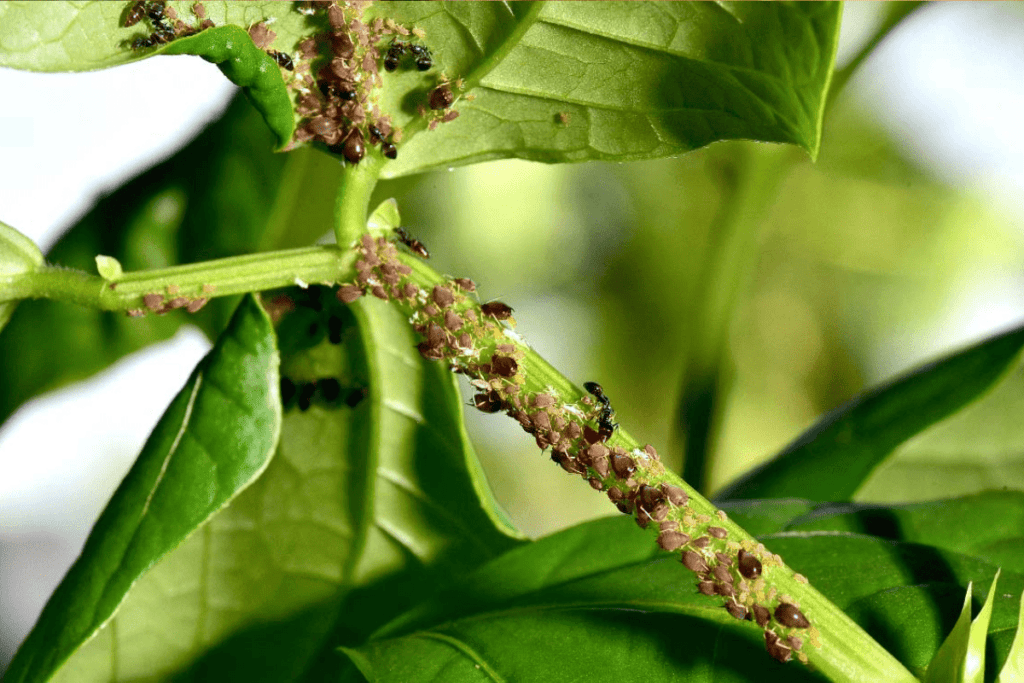
Bean pests are no less dangerous than diseases — they damage leaves, roots, beans, and even seeds during storage. In this section, we will take a closer look at the main Bean pests, their signs, and available protection methods.
| Pest | Signs | Damage | Prevention & Control |
| Bean weevil | Small beetle inside dried seeds | Damages seeds during storage | Store seeds in cool, dry conditions; monitor pods |
| Seedling fly | The fly is 3 – 6 mm in size, yellowish-gray with a brown coating and three brown stripes | Feeds on emerging sprouts | Sow on time, prepare soil properly, use preventive measures |
| Root weevil | Small beetle (2.5-7 mm) with a long proboscis | Beetles eat leaves, and larvae eat roots | Crop rotation, avoid overwatering, apply biological protection |
| Slugs | Shellfish up to 7 cm | Eat leaves and beans | Ash, lime, traps |
| Aphids | Small insects on the leaves that leave a sticky coating | Suck out the juice, carry viruses | Remove manually, apply herbal infusions or biological agents |
| Whiteflies | Small white insect | Damages seedlings | Ensure greenhouse ventilation, use insect netting or bio treatments |
Prevention: How to Avoid Diseases and Pests
To avoid problems with pests and diseases when growing beans, it is important to follow a set of preventive measures:
- Use quality seeds: sow only healthy seeds that have been pre-treated to reduce soil-borne pathogens.
- Crop rotation: avoid growing beans in the same spot more than once every 3 years.
- Field hygiene: in autumn, remove all plant debris and eliminate weeds — they often harbor pests and infections.
- Proper watering and spacing: avoid waterlogging and overcrowded planting, as they promote fungal growth.
- Plant immunity: apply foliar sprays with micronutrients (boron, zinc, manganese) to strengthen the immune system.
- Regular inspection: early detection helps to take action quickly.
- Biological protection: preventive spraying with biological products helps reduce the risk of infestation.
Tip: Mulch between rows to retain moisture and suppress weeds.
Harvesting
The first harvest can be collected 50–65 days after sowing. Pick in the morning when pods are still tender. Overripe beans lose flavor quickly.
- Green bean varieties: harvest selectively as pods mature.
- Dry beans: harvest once pods have fully dried on the plant.
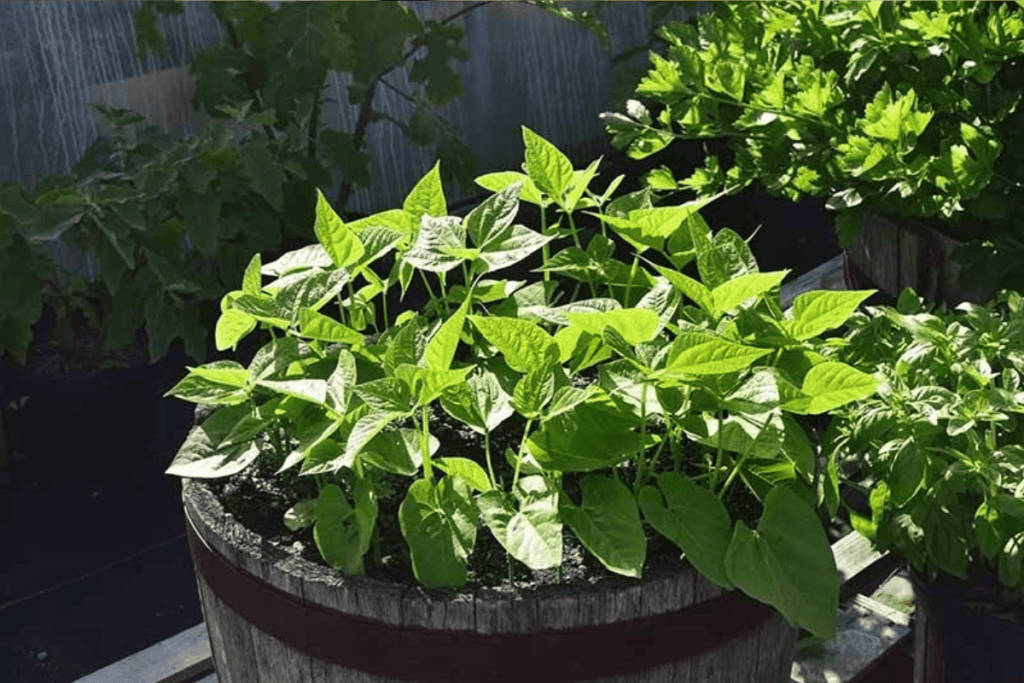
Growing beans at home is a simple, useful, and satisfying way to enjoy a healthy crop. Follow these basic techniques and you’ll be rewarded with a great harvest. Try it — and see how easy it is!
If you have found a spelling error, please, notify us by selecting that text and pressing Ctrl+Enter.

